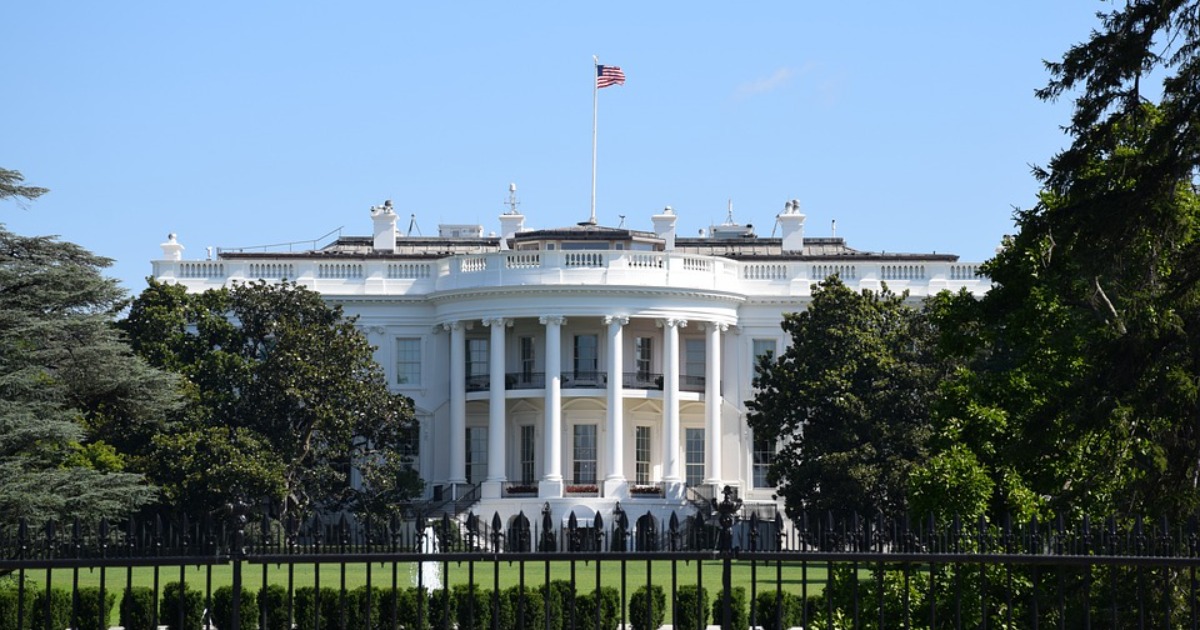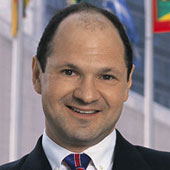Coronavirus and Political Leadership: The US Gerontocracy in Action
The age structure of the U.S. political leadership cannot be described by any other word than as a gerontocracy. This conjures up images of the late-stage Soviet Union.
March 17, 2020

Never mind that, among developed countries, the United States faces a very special challenge in combating the Coronavirus – or, more specifically, the COVID-19 – pandemic. It is the only developed country in which tens of millions of citizens are uninsured.
The U.S. faces two special dangers
But that is not the only way in which the United States is facing a special danger. The age structure of the top levels of the country’s political leadership cannot be described by any other word than as a gerontocracy.
Until quite recently, that fact was considered a mere curiosity – or an artifact of the 2020 U.S. presidential race. But no more.
The United States faces a unique challenge in that its leadership may well be very much affected by the novel coronavirus.
Coronavirus is far deadlier for the aged
The coronavirus is deemed especially dangerous for the elderly. People over 70 have a huge mortality rate — as high as 10%, and it can go up to 20% for those approaching 80.
Around the world, this had led to grave concerns inside families, communities and nations about caring for the elderly and making sure they do not get exposed to the virus. Self-quarantining is the recommended strategy.
The U.S.’s political gerontocracy detailed
But in the United States, that presumably so youthful nation, it is the elderly who rule its politics.
This includes U.S. President Donald Trump, who is 73, House Speaker Nancy Pelosi, who is about to turn 80 and is third in line to succeed the president if he is incapacitated, as well as the Senate Majority Leader Mitch McConnell, at 78.
Of course, both leading Democratic presidential candidates are in the danger zone age-wise. Joe Biden is 77 and Bernie Sanders is 78. The other two major candidates who lasted the longest in the presidential race were Elizabeth Warren, 70, and Michael Bloomberg, 78.
This clearly makes the United States a gerontocracy – not a representative government, but one by old people. Actually, very old people. In this context, it should not be overlooked that U.S. average life expectancy is around 78 years.
Like the late-stage Soviet Union?
This age structure is eerily reminiscent of who at the start of the 1980s ruled the former Soviet Union.
General Secretary Leonid Brezhnev and the entire Soviet Politburo, such as Defense Minister Andrei Grechko 78, Foreign Minister Andrei Gromyko, 73, Prime Minister Alexei Kosygin, 77, President Nikolai Podgorny, 73, ideology chief Mikhail Suslov, 79, and a bunch of others, led by someone named Arvid Pelse who was born in the 19th century and was 83.
They were looking like death warmed over and since life expectancy for Russian men was at the time in the low 60s, they must have seemed like real dinosaurs for the people they ruled.
Takeaways
The US faces a unique challenge in that its leadership may well be very much affected by the novel coronavirus.
The elderly rule US politics -- Donald Trump is 73, Nancy Pelosi is about to turn 80 and Mitch McConnell is 78.
The age structure of US politics is eerily reminiscent of those who at the start of the 1980s ruled the former Soviet Union.

